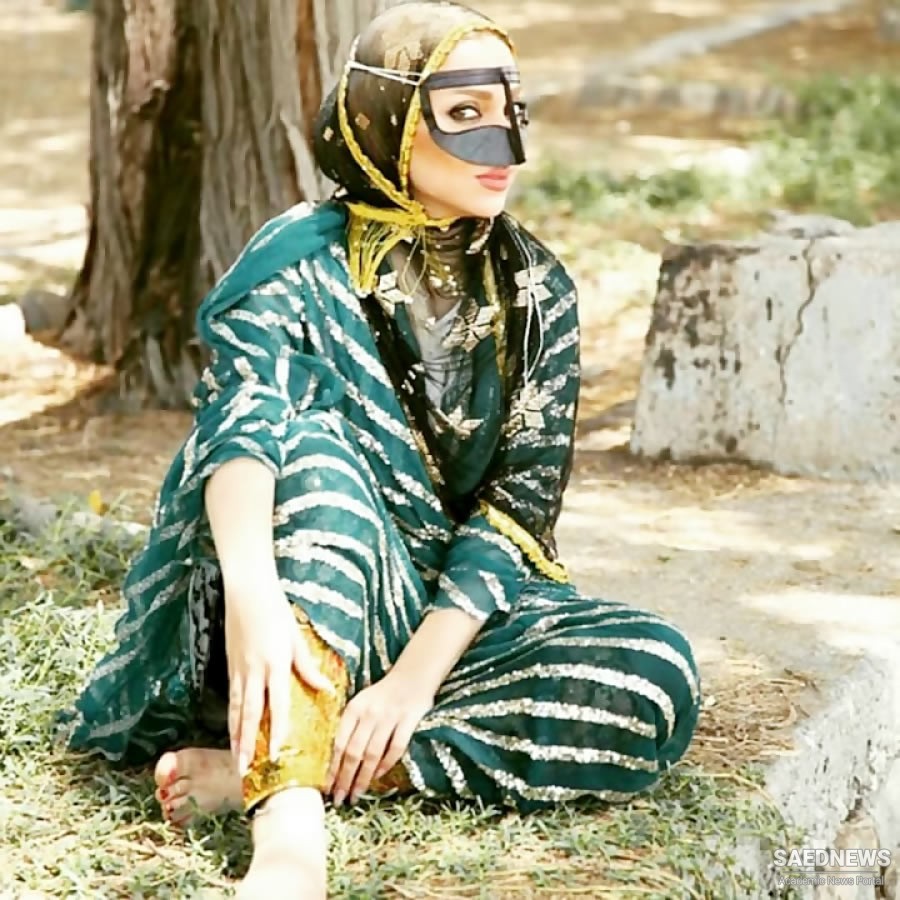Since the province is the neighbor of Sistan and Baluchestan province from the east, kerman province from the north, Fars and Bushehr provinces from the west and northwest, we can see a composition of different tribes in this province that has naturally led to different clothing here. Baluch and Arab ethnic groups are two main groups of inhabitants in Hormozgan province. In spite of the similarity between the local clothes of this region and that of Baluch and India, from one hand, and some traces of Arab traditional and local clothes, form other hand, Hormozgan clothing remains still unique and distinctive. Women use two kinds of dress on different occasions; one that is long reaching to the ankle and the other that reaches to the knee. Like most of south inhabitants, they wear a Chador; Bandar Chador is recognized by its various colors and beautiful patterns, especially in blue-grey and dark yellow (mustard). The color of dress is green, pink, purple and blue and the fabric is chosen among the thin and cold materials based on the weather. Hormozgan women wear loose pants that is tight in the lower parts, around the ankle, and its margin is embroidered. Women use Burqa (a kind of musk) to cover their face, in some parts, that is not overlay popular. They usually wear Sandal due to the warm weather. Men of this region wear mostly a white dress. Like Hormozgan’s Arabs, they wear a one-piece dress named Dashadasheh (thawb) and another clothing over it named Besht or Khachieh made of thin wool. They use a piece of fabric over their head to keep from the heat named keffiyeh (Chafiyeh) and fasten it using a handmade knitted ring.


 Traditional Clothes of Markazi Province
Traditional Clothes of Markazi Province














































